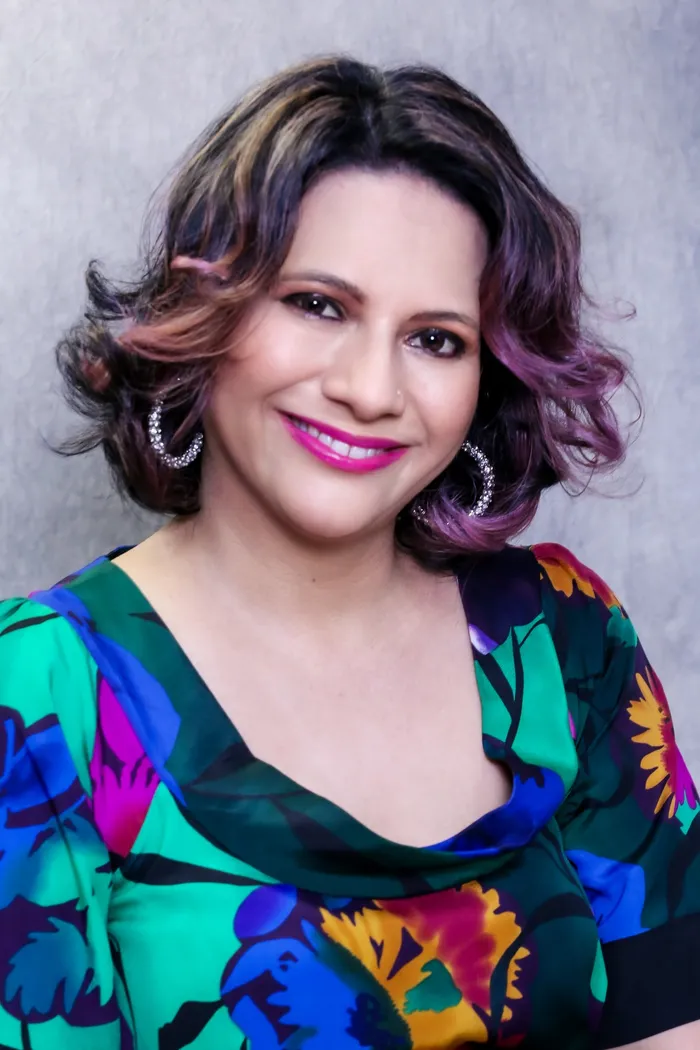Understanding misinformation and malinformation in South Africa

Dr Sheetal Bhoola is a lecturer and researcher at the University of Zululand, and the director at StellarMaths (Sunningdale). Picture: Supplied
Image: Supplied
MISINFORMATION and malinformation have become a norm within our society today.
Yet many South Africans believe advice or any other information simply because it appears on a variety of social media platforms. Then there are numerous examples where we visibly note that correct and accurate information is communicated to citizens on these platforms.
The combined blend of inaccurate and accurate information also gives rise to people believing unverified stories, the perspectives of an individual and the continual spread of malinformation.
A recent example is the myth of white genocide in South Africa which has once again given the rest of the world a marred image of democratic South Africa which upholds fair and just principles and values.
As Editor Ayanda Mduli points out in his article “The myth of white genocide in South Africa: The US Knows the misinformation but doesn’t care” the narratives of the past coupled with misinformation has overshadowed present day South Africa and the real circumstances around this controversy.
Herewith we can now understand the numerous motivations behind the “Afrikaner Trek” which include misinformation and malinformation. The present escalating crime rate is a challenge for every South African irrespective of class and age grouping, racial categorisation and ethnicity, but it is now widely believed that only the farmers are primarily the victims of crime and genocide in South Africa.
During the year of 2024, there were approximately 26 000 murders in South Africa of people of all racial groupings. This amounted to approximately 72 persons per day being murdered. Of these 72 persons, South Africans of all races, ages and ethnic groupings have been murdered.
The widespread dispersion of The Afrikaner genocide and related information has excluded the recent murder statistics of 2024 in South Africa. The intent was to exacerbate the prevalence and bring the timeliness of the Afrikaner genocide to the present.
Understanding what malinformation is and how it is used is central to dividing information that is accurate and inaccurate and comprehending the information within reason. Malinformation is a description of information that is accurate and correct but taken out of its context.
Often its personal perceptions that can enable this process and the information is then used to mislead, harm, or manipulate the mind of another deliberately. Misinformation on the other hand makes reference to false or inaccurate facts or information that is deliberately used to mislead and deceive people.
Often misinformation is spread through informal channels such as conversations and messages which primarily aim to serve purposes that have no association or relevance to the facts. These purposes are usually social and psychological needs of an individual and can often serve to entertain people within social settings or be sued as conversation pointers.
In these instances, we can confidently say that’s where rumours derive from and how they are spread. Malinformation plays a central role in contributing towards rumours as well, as the incorrect context of accurate information can modify the information’s value and originality.
We now have to deal with a flurry of online falsehoods and often people do not have the time or skills to dissect the information. The challenge is greater when misinformation is used to instil fear within people within the communities and when real confusion is created.
The other challenge is when people or even victims of crime misinterpret and mischaracterise their own experiences and the experiences of others, which also contributes to the spread of false information.
People have to make a choice to be fully informed before deriving at their own conclusions, beliefs and opinion of circumstances, situations, and the hearsay that may influence their mindset.
More importantly, the awareness of what constitutes misinformation and malinformation needs to become widespread and authors, journalists and academics need to verify information prior to dispersing information.
One has to also analyse the purpose behind the spread of information before trying to conclude if its accurate or not. This amounts to the development of building critical thinking skills amidst people, and everyone should be able to personally evaluate, assess and correlate their interpretation of information with logic.
DAILY NEWS
